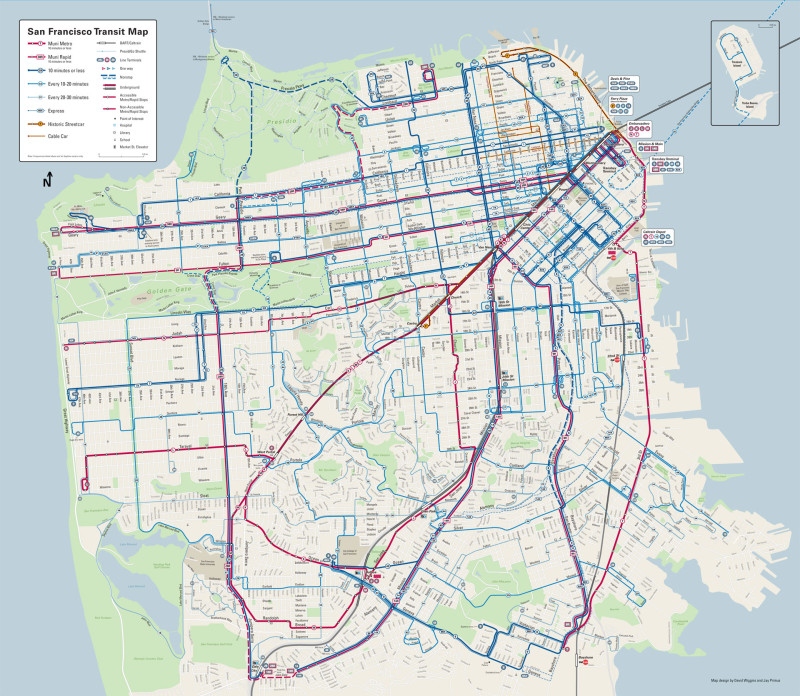"I have concerns that when the Central Subway is done to Chinatown, that it's just going to stop, " Wiener, who's running for a seat in the state Senate, said in an interview. "We have to keep the momentum going."
Muni's Metro service under Market Street and BART provide service only to a limited part of the city.
"There are significant swaths of San Francisco that have no subway service whatsoever," he said. "For a lot of people it takes longer to take a bus downtown than it does to come downtown from Oakland," Wiener said.
"The streets of San Francisco are getting so clogged, our population is growing, we're going to become a more crowded city and a more crowded region," Wiener said "And now is the time to make sure that we are planting the seeds to get more of our transit below ground in the future."
Wiener outlined his subway ideas in a piece in Medium and expects his proposal to get heard in the Board of Supervisors' Land Use and Transportation Committee this fall.
Muni riders on the N-Judah and the 38-Geary would probably rather speed from the avenues to downtown underground than struggle with their current sluggish commute. But how would we pay for it?
Jason Henderson, a San Francisco State University professor of geography specializing in urban transportation, agrees that the city needs high-capacity rail and a second transbay tube, but is worried that the proposed expansion could come at the expense of bus service.
"The concern is funding," Henderson, who advocates for stronger mass transit policies, said in an email. "It must be ensured that the Muni bus system is not sacrificed."
The city should spend money on making the city's current transit system, especially bus service on Van Ness Avenue and Geary Boulevard, more reliable, Henderson said.
And he said finding money for new subway development will be a challenge. The Central Subway relied heavily on federal transportation funds -- a source that may be harder to tap in the future.
Unless additional revenues -- such as higher gas taxes, an increase in the vehicle license fee and congestion pricing -- are implemented, the city won't get both a major subway expansion and improved bus service, Henderson suggested.
The Central Subway's budget is $1.578 billion. You can see a breakdown of its funding sources here.
Close to a year ago, San Francisco voters approved two funding measures aimed at improving the city's transportation over the next 15 years. Those efforts, called Transportation 2030, provide a road map for a number of transit upgrades, but don't include subway expansions.
Meantime, money is not the only roadblock.
"Robust and continual subway construction will provoke resistance from many groups," said Jason McDaniel, an assistant professor of political science at San Francisco State. Businesses and people who would be impacted by that work are bound to fight against underground train projects, as many did for the Central Subway, McDaniel said.
But the push for subway expansion is a "vision that captures the desires of transit advocates and interested citizens for robust public investment in a world-class transit system that can potentially shape the future of the city," McDaniel said in an email.
And city transit planners remain interested in the idea of extending the Central Subway to Fisherman's Wharf, as well as other subway expansions, according to SFMTA spokesman Paul Rose.
"It's a matter of funding and prioritization," Rose wrote in an email. "We do support stronger transit especially where growth supports."
Erika Kelly contributed to this post.
